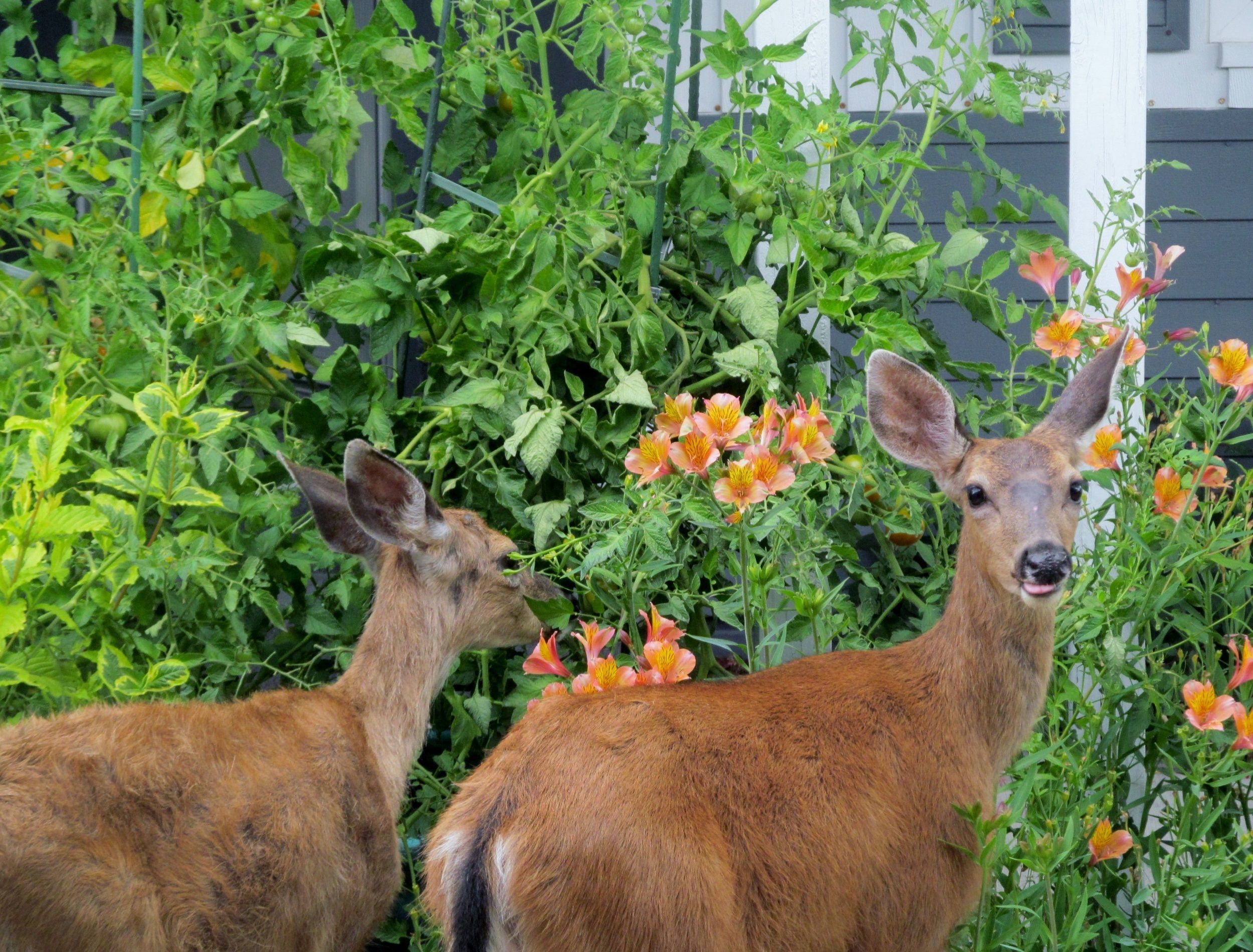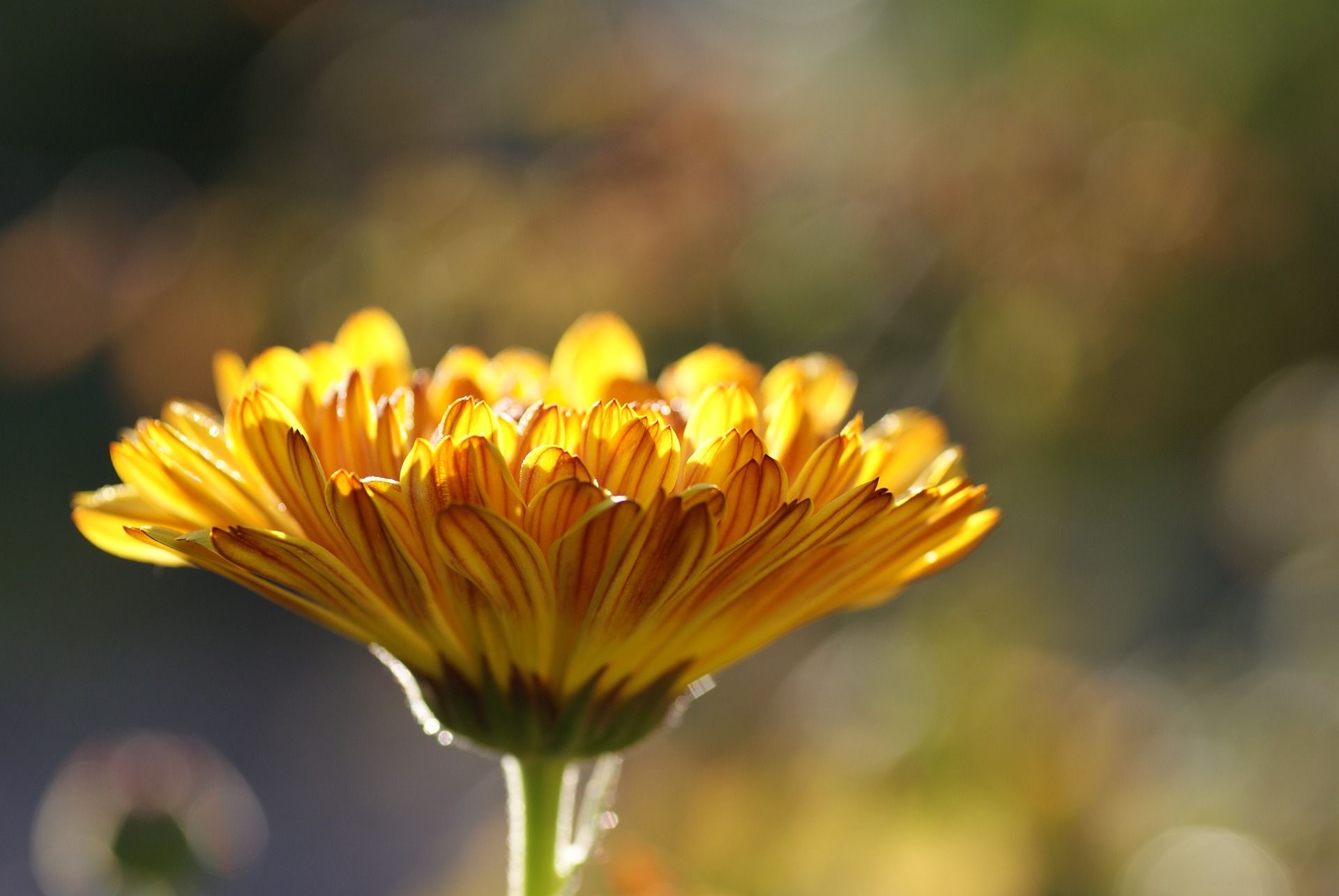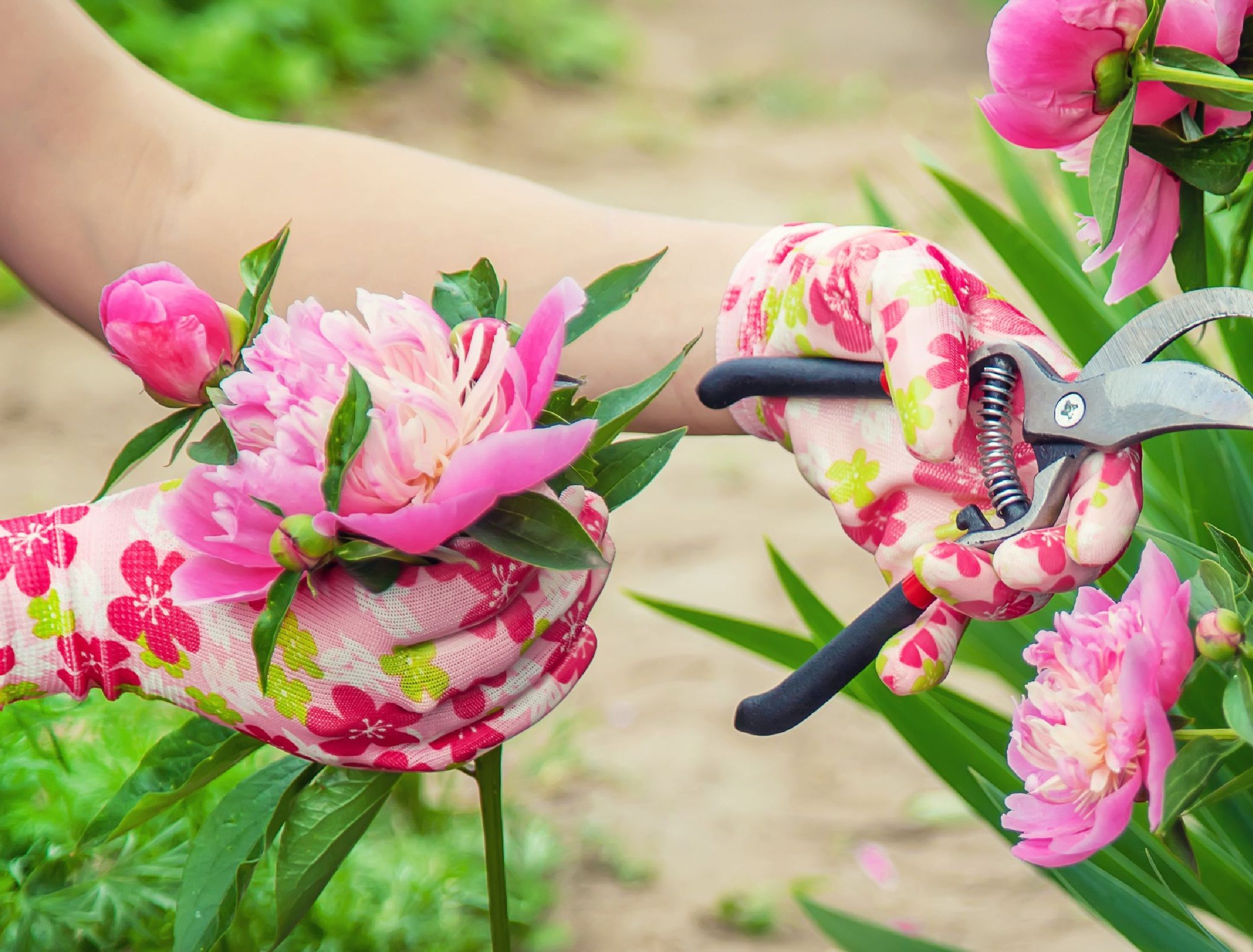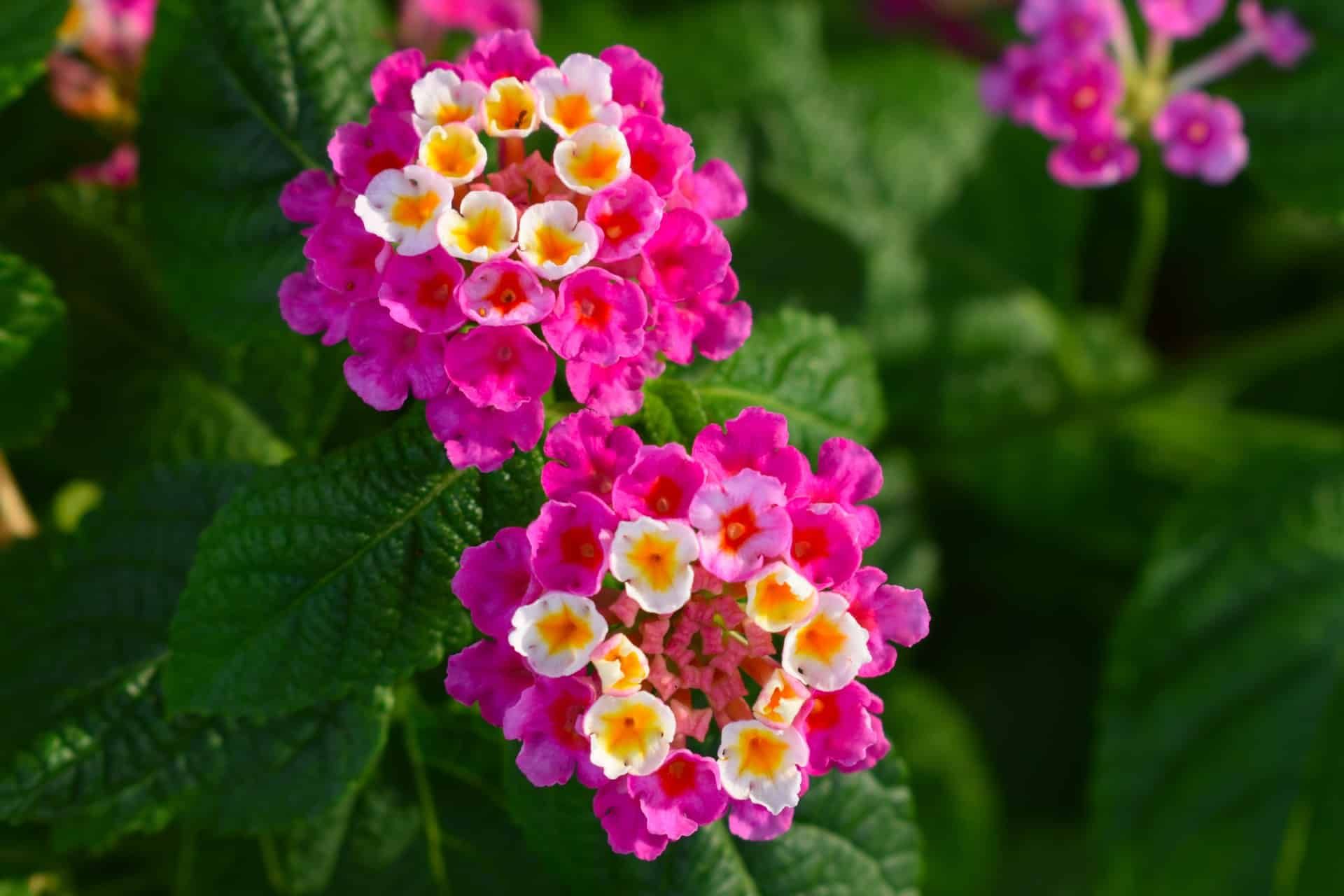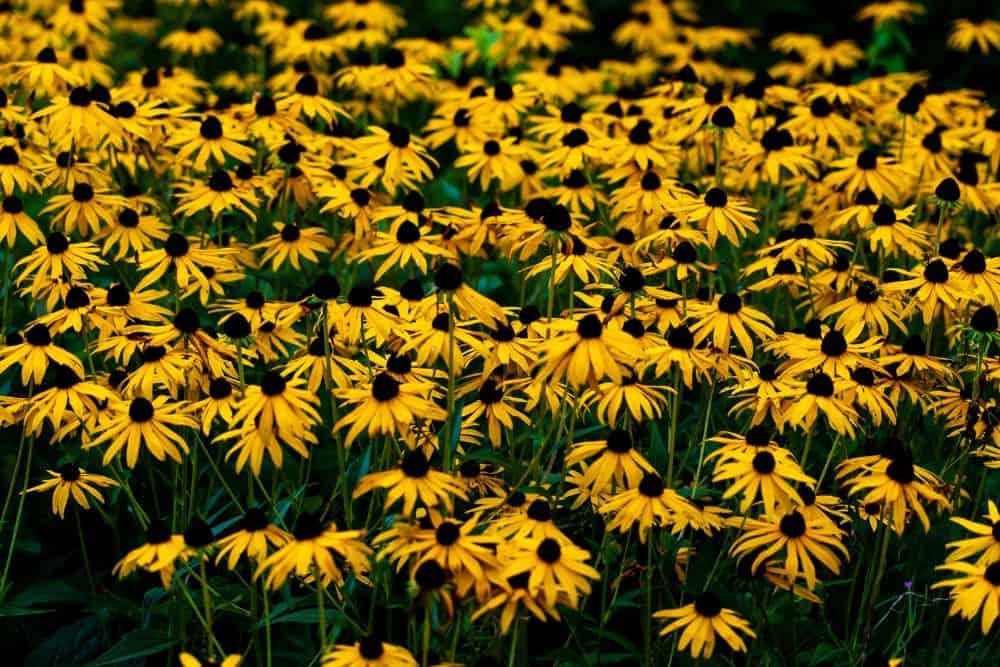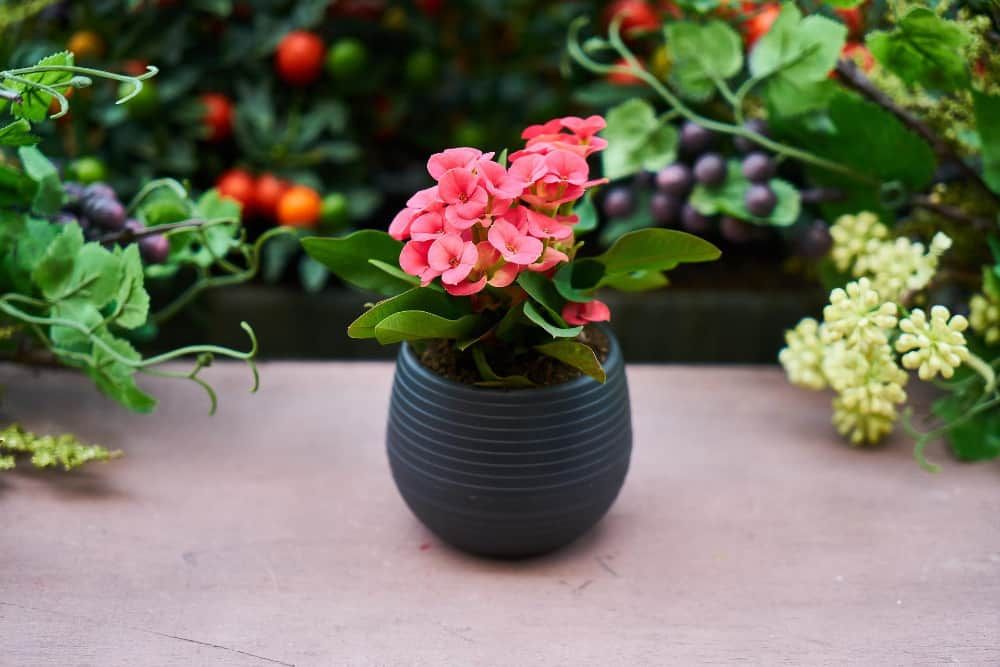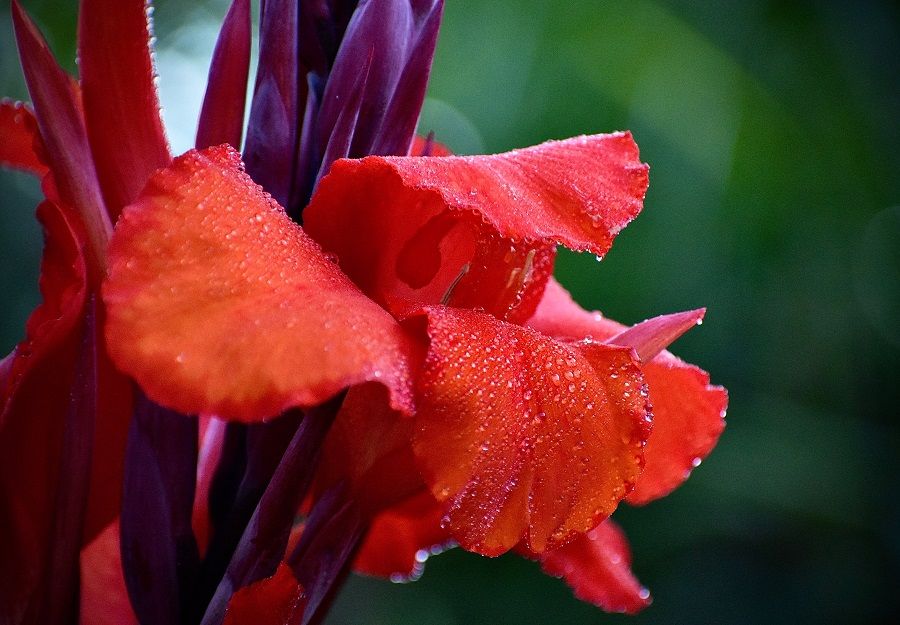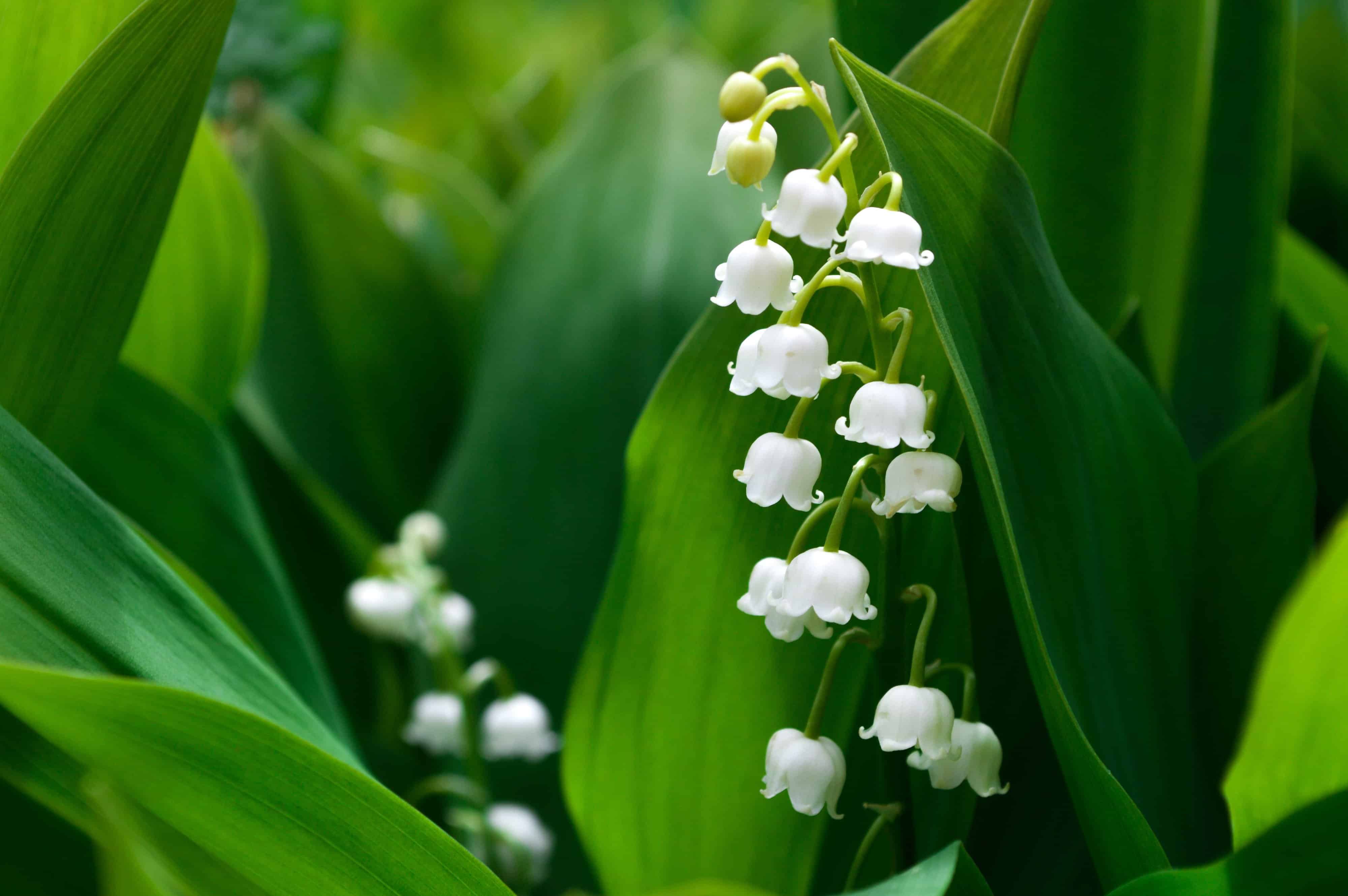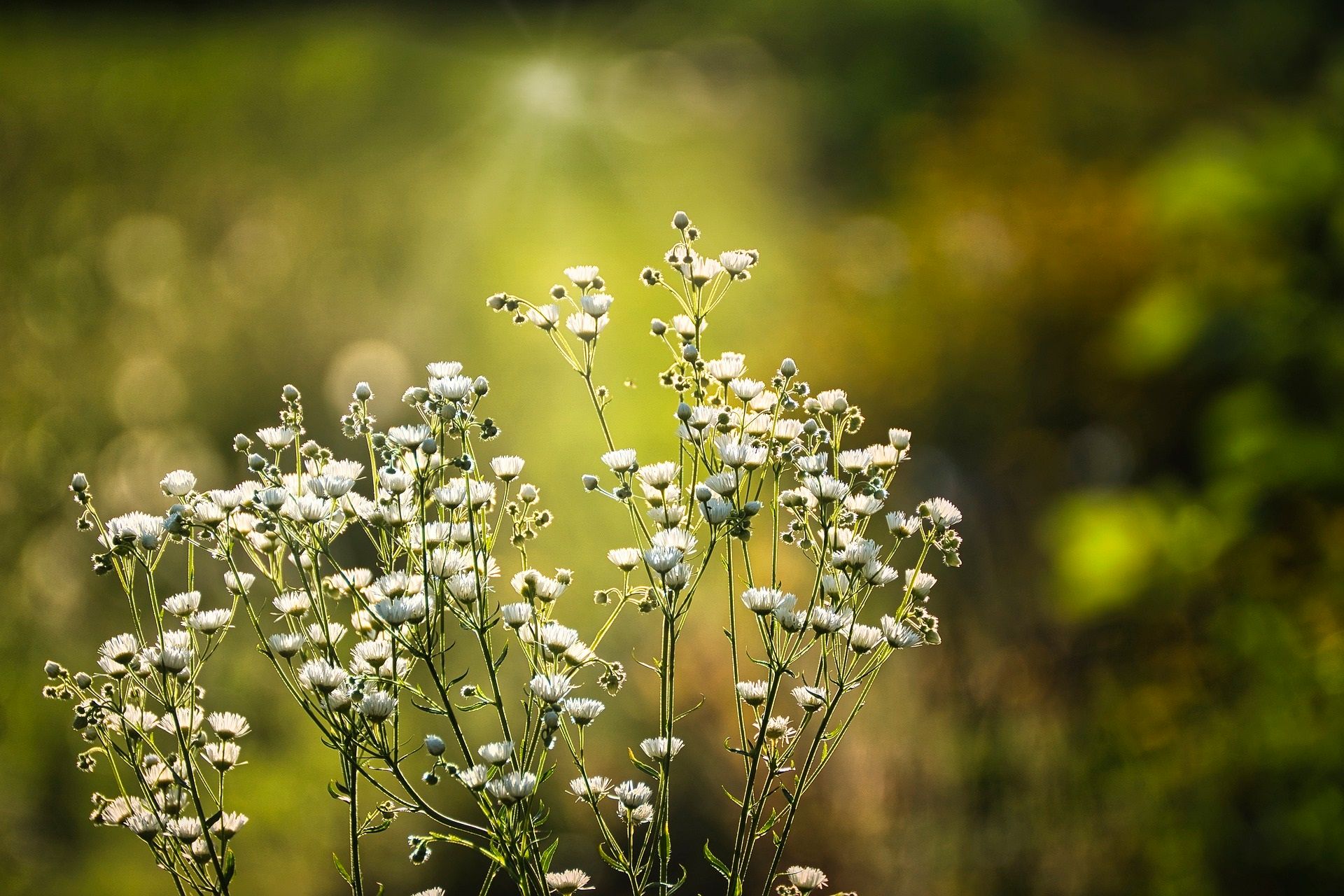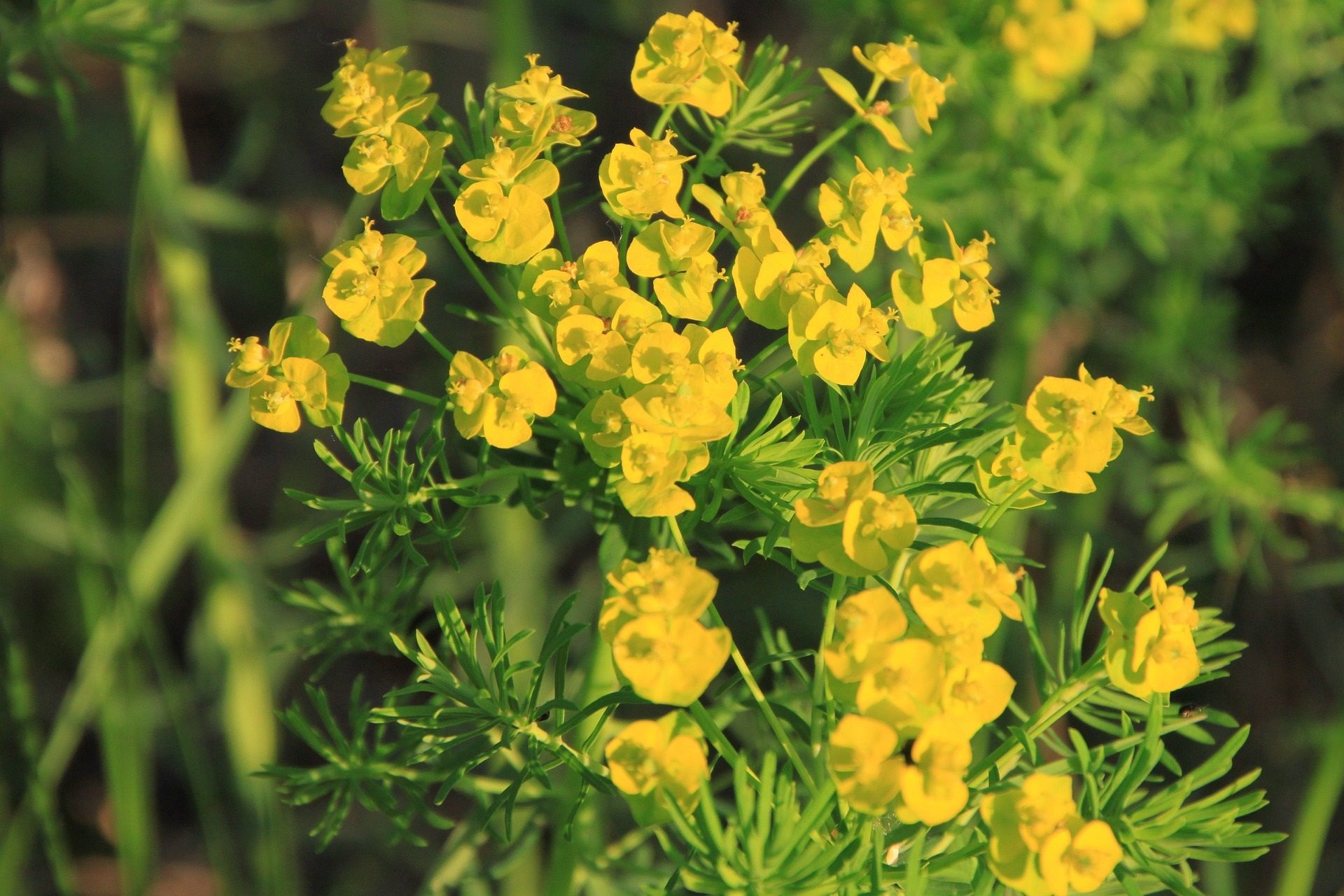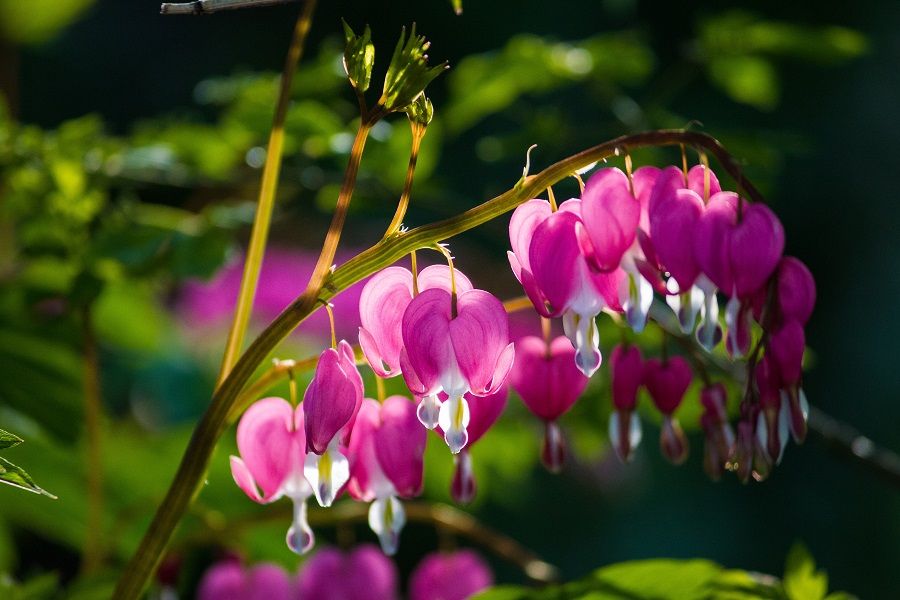Deer can be a beautiful, majestic animal, adding a bit of woodland whimsy to where you live. But they can also be an enemy to gardeners and landscapers. They can eat your veggies and shrink your crops so there's barely any left to harvest. They'll also chomp on your flowers and leave your yard in disarray while leaving a mess of the fecal kind in their wake.
If you're looking to prevent them from stealing your garden's riches, there are some plants you can include in your yard to deter them.
Aromatic Herbs and Plants
Deer don't like anything that has a strong smell. Fortunately, there's no shortage of plants that fit that bill.
Herbs are a great way to make your garden too smelly for deer to wander in. Sage, lavender, onions, horseradish, tarragon, basil, lemon balm, mint, yarrow, rosemary, and thyme are all great options. On top of repelling deer, they can be harvested and added to any number of meals to brighten up your dishes -- Delicious and effective.
If you have a vegetable garden, you might already have some of these herbs planted along with your veggies. Companion planting is a great way to protect your crops.
Other "stinky" flowers, like calendulas and peonies, have the same impact.
Calendula
Image credits: Heike Frohnhoff via Pixabay
Similarly to the herbs mentioned above, the smell of these brightly colored flowers is off-putting to deer. It also keeps bunnies away for the same reason.
Calendula flowers need about 1 to 1.5 inches of water each week through the summer months, and the soil needs to be well-drained. If you miss a watering, don't worry too much. These plants can handle a little bit of a drought.
Peonies
Image credits: Tatevosian Yana via Shutterstock
These flowers smell terrible to wildlife and their leaves are thick and leathery. So, they can be quite effective in keeping deer away from your yard.
Peonies are a common flower and can be found in many gardens --you may very well have them in your own garden. Their big flowers need lots of sun (six to eight hours each day) and proper drainage wherever planted.
They do best with good airflow around the plant, but if you get big wind gusts in your yard, make sure they'll be adequately sheltered from violent bursts.
Plants with Texture
If you are the kind of person who can't eat the peels of peaches or kiwis, you'll understand how deer are sensitive to texture.
Deer don't like fuzzy or prickly plants, so the following plants can be effective repellents.
Lantana
Image credits: Chun Kit Soo via Unsplash
Lantana leaves are too rough for deer to favor them. This plant will attract hummingbirds and butterflies to your yard but will keep the larger creatures at bay.
Trailing lantana is considered invasive in some areas, so keeping this in a container is your best bet. You can then place the container of lantana wherever the deer are either already entering or are likely to enter your garden.
It prefers well-draining, moist soil, and a full day of direct sun.
Black-Eyed Susan
Image credits: Nick Fewings via Unsplash
These flowers have rough leaves and stems that make them somewhat deer-resistant. The big, bright yellow, and orange blooms can attract pollinators to your yard as well.
Plant black-eyed Susan's in a section of the yard that gets a full day of direct sunshine. Keep the soil wet but well-drained. You can also deadhead the flowers to promote more blooms!
Begonia
Image credits: Engin Akyurt via Pixabay
Not all begonias are created equal, but some varieties do deter deer from treating your garden like a five-star restaurant.
Rex begonias, which have fuzzy leaves, can be effective, but your best bet is to plant angel-wing begonias. This type of begonia has large waxy leaves, which deters deer on its own, but because of the plant's size -- It makes smaller leaves look more appetizing.
Keep the soil around your begonias in damp, but not overly wet water. Don't let the soil dry out between waterings, but avoid letting the roots sit in too much water.
Canna Lilies
Image credits: Cristina Glebova via Unsplash
Canna lilies, like irises and begonias, have leathery leaves that don't make great eats for deer. They also tend to get big enough that deer won't take a second look at them before walking away.
These grow best in full sun but can handle a little bit of shade. Keep them in moist soil.
Poisonous Plants
This may deem harsh, but like many animals, deer avoid plants that will do them harm. Some plants can be toxic if ingested, so they will be sure to steer clear of them.
Lily Of The Valley
Image credits: Océane George via Unsplash
Lily of the Valley has some poisonous characteristics, taking them off the menu for your local deer herd.
This can be an aggressive spreader, so if you don't want it to take over your garden, consider planting this in a pot, planter, or another type of container.
Soil should be kept moist and evenly watered, but well drained. Place this flower in a shady or partially shady spot. Best grown in zones 3 through 9.
Baby's Breath
Image credits: Nordseher via Pixabay
These small white blooms, which you have likely seen used as a filler in bouquets, has can be poisonous to deer. You definitely won't catch them snacking on this plant.
Keep the soil on the dry side. Water moderately and make sure the soil drains well. Plant these little flowers in full sun for six hours of more each day.
Spurges
Image credits: byrev via Pixabay
Spurges or Euphorbia is a variety of spurge with a toxic, milky sap, so if you're planting these, make sure you are using proper PPE like gloves and safety glasses. If you have pets, it is also wise to make sure they are not getting too friendly with the plant when they're in the yard.
Let your soil dry out completely between watering -- in many cases, this may look like only watering your euphoria every couple of weeks in the summertime. Give this plant a full day of direct sunlight.
Bleeding Hearts
Image credits: Jeffrey Hamilton via Unsplash
Shade-loving bleeding hearts are another plant that can be toxic to deer. They aren't part of a deer's normal diet, but if a deer is desperate enough, it might resort to sneaking a few bites of your bleeding hearts bush.
This plant is a perennial, so you won't have to worry about replanting year after year.
Make sure the soil around your bleeding hearts is damp but not soggy. Give it a fresh soak if the top inch of soil has dried out.
Bye-Bye, Deery
As cute as Bambi is, he can be a real pest in your garden. Including some of the aforementioned plants in your garden will help keep the local deer herd away from your garden.
Have you used any of these in your garden? Share your tips in the comments.

